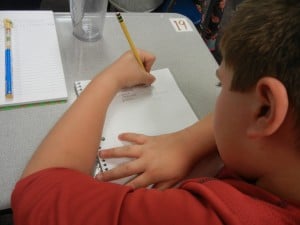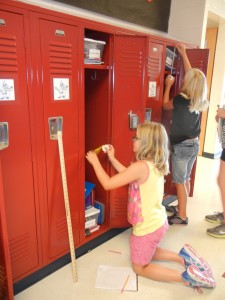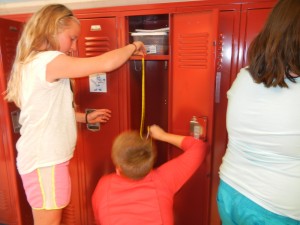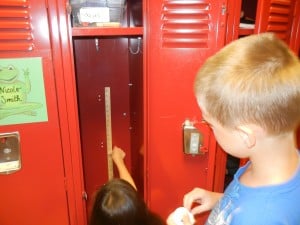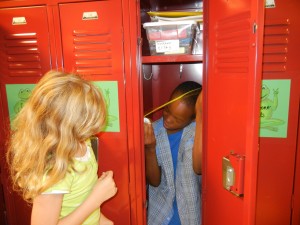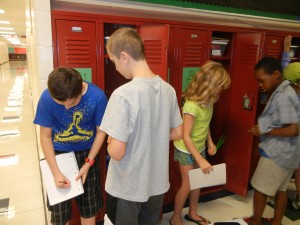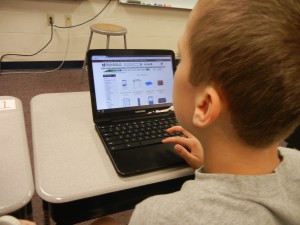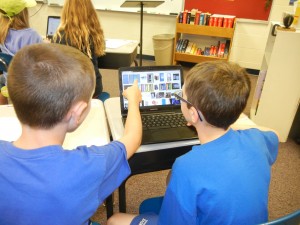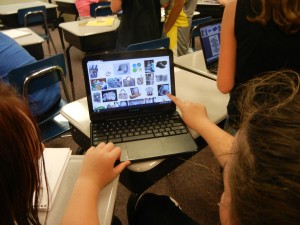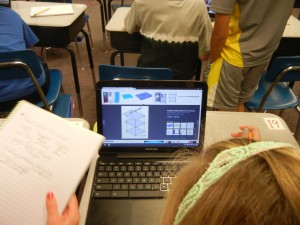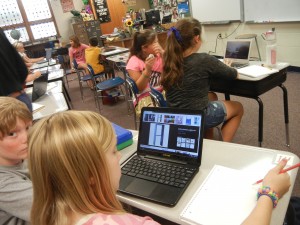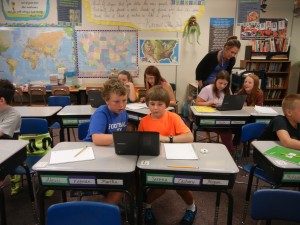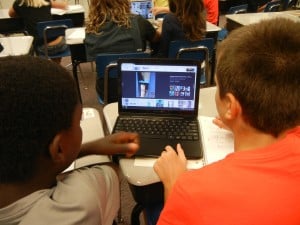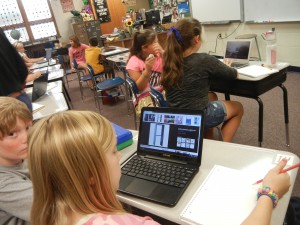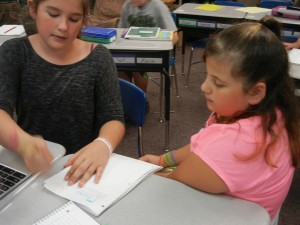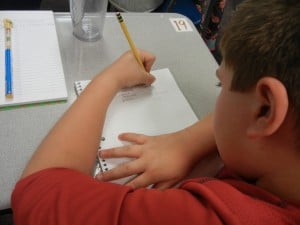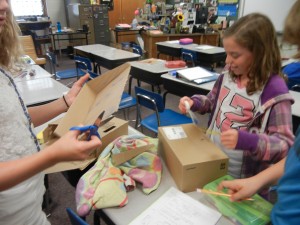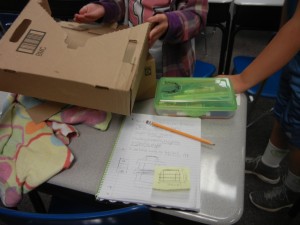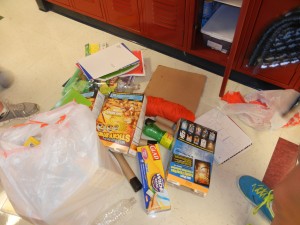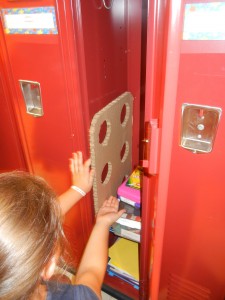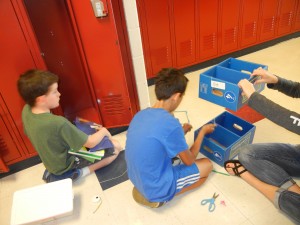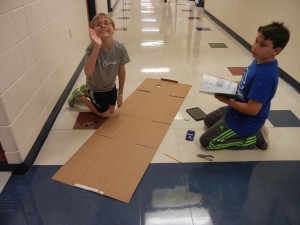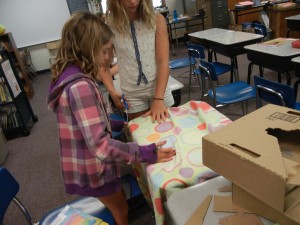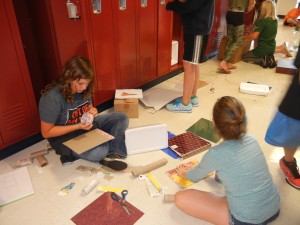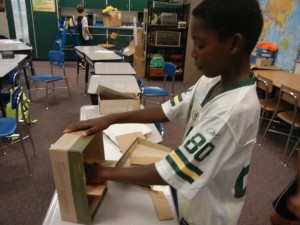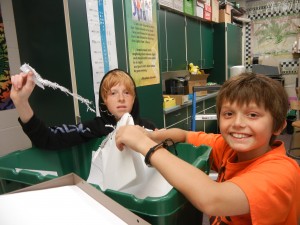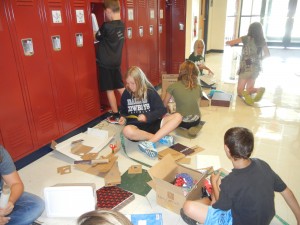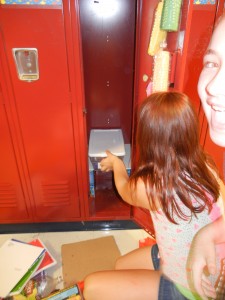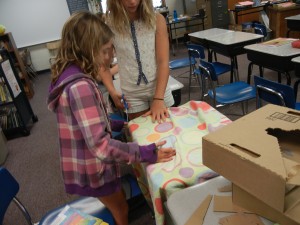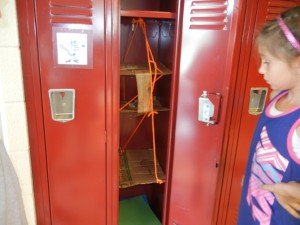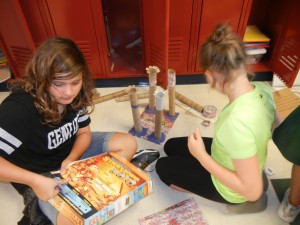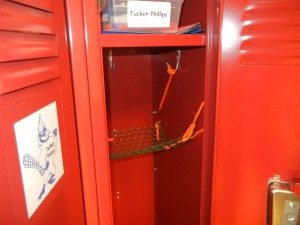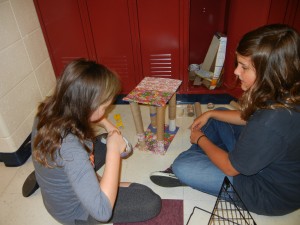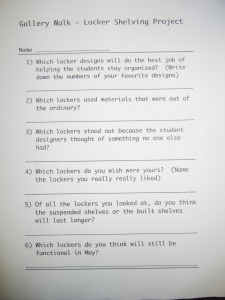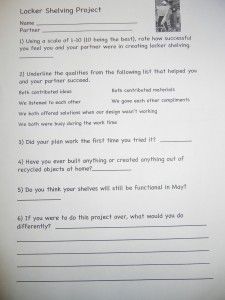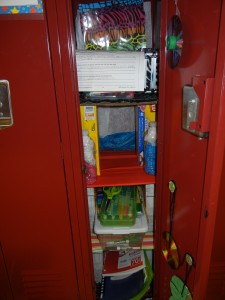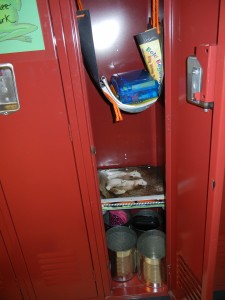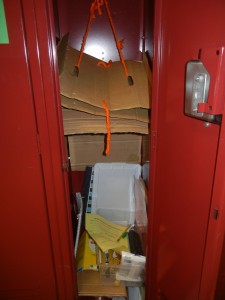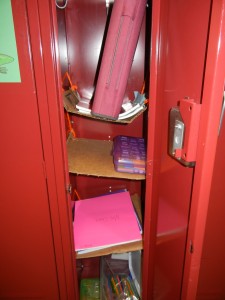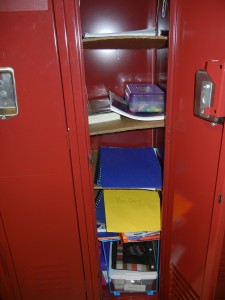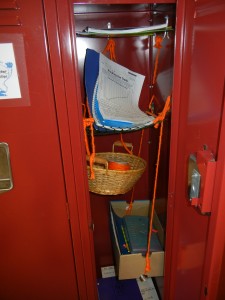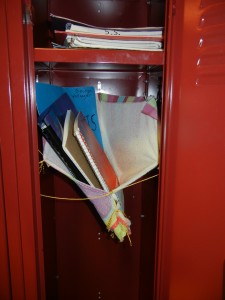New standards to follow. Again. But this time? I’m happy. I’m really and truly happy! I’m speaking about the Next Generation Science Standards.
As the fifth grade science teacher (We are specializing this year. I teach science, writing, grammar, and orthography.) I have become familiar with the new standards and am completely rewriting our grade level curriculum. What is it about the standards that make me so happy? Let me put it this way. If there were no standards to follow and I was allowed to teach science however I wanted, I would do what these standards are asking. Example number one.
There is a standard for teaching students about engineering design. They must be given a problem to solve. It must be a real problem that needs solving. They must do some research and discuss their design and choice of materials with peers. They must be given time to implement their design. After reflection, they must be given an opportunity to try it again and improve their original design.
First week of school. Each student has his/her own locker. Every two students have a third locker that they share. In the personal locker, jackets, boots, snowpants, backpacks, and lunches will be stored. In the shared locker, books, folders, and classroom supplies will be stored. The problem to solve? Design locker shelving that will create the kind of storage that will help the two students sharing the locker stay organized.
Step One: Collect information. Students measured the height, the width, and the depth of the locker.
Step Two: Do some research. What kind of locker organizers/shelving is on the market? Can you incorporate some of these ideas into your design?
Step Three: Draw your design and label with the dimensions.
Step Four -Build. THE CHALLENGE: Use as much recycled material as possible.
Step Five: Test the final product.
Step Six: Reflect. Think about your own process. Did you change your plan along the way?
Question: If you were to do this project over, what would you do differently?
Responses:
“I would make the shelves thicker to hold more weight.” Nicole
“Use better and stronger materials.” Matthew
“If I had found some styrofoam, we would have used it.” Zach
“I’d add more shelves because we don’t have room for all our supplies.” Trevor
“I would use better supports to hold up the shelves.” Aevri
“I would use thicker yarn.” Aidan
“Our shelves needed stronger supports and stronger materials.” Evelyn
Three weeks later, some of the shelving is nonexistent. Some has fallen apart and is no longer functional. But several remain intact and quite successful.
So! It is time for those students whose first design didn’t quite yield successful results to rethink their plan. It’s time to have another go at it. Will any of the successful designs be copied? Will completely new designs and materials pop up? What a great activity!

